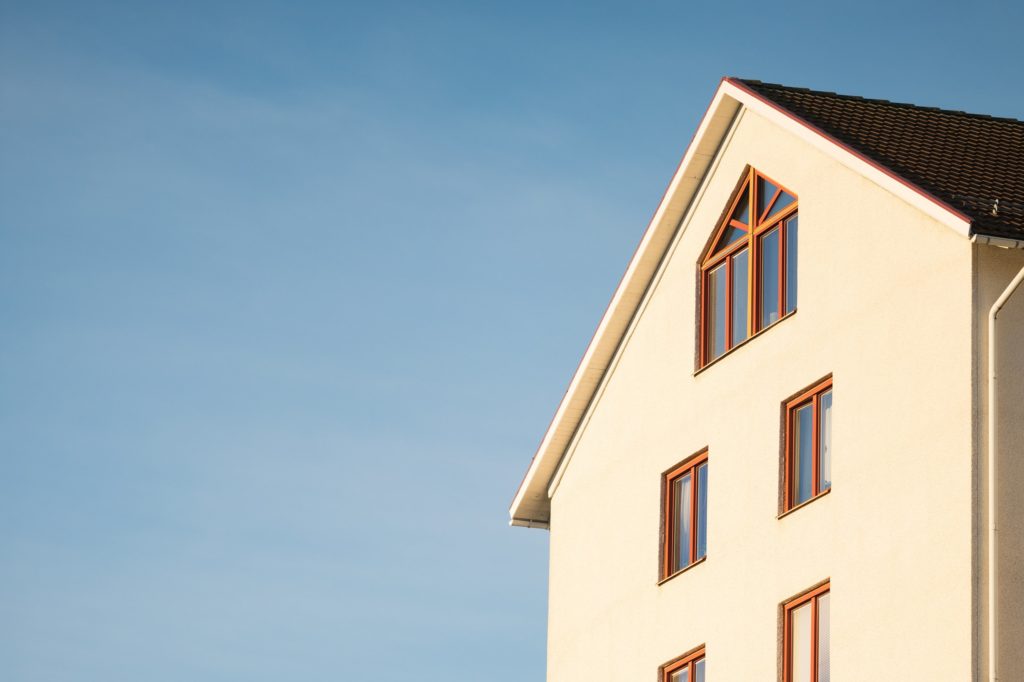Fixing and flipping homes is an attractive model but can feel overwhelming when you start to explore it in more detail. There’s plenty of information out there, but it’s not always easy to know what’s most important. These are the 10 most important steps for your first project.
Do Your Research
You need to know your numbers before making any decisions. The big things to know are what you’ll need to pay to get a property (which may be less than advertised sales prices if the market is weak) and your expected ARV. That’s after repair value, meaning the price you can reasonably expect to sell the property in good or improved condition. Pay attention to local markets: a place that’s good for buying a cheap fixer-upper might not be so favorable for selling a property in good condition.
Figure Out Where You Want to Buy
As noted, market values in a particular neighborhood are important but don’t underestimate the benefits of a property near your home. Whether you’re doing the work yourself or hiring contractors, being able to quickly check on progress in person avoids unnecessary delays.
Know Your Budget
One of the biggest mistakes people make with a fix & flip is underestimating their budget. That can mean delays or additional costs in arranging extra finance, sometimes to the point of making a project unprofitable.
Find the Right House
This may seem simple, but don’t overlook anything. You want a house that is affordable now, has shortcomings that you know how to fix, and which offers a strong probability of a quick sale at a profitable price when you’re done. On the other hand, don’t forget that the “right” house doesn’t have to be the “perfect” house.
Have a Flip Plan Prepared
Make sure you not only know everything you need to do to buy, fix and sell a property, but also the right order in which to do it. Logistics are vital: not only do you have to deal with physical constraints on what you can do when, but you need to make sure the money will be in place at every stage.
Fund the Purchase of Your Fix and Flip
Conventional mortgage companies aren’t keen on financing fix and flip projects, so consider using a private lender. Companies like Lendmarq offer residential investment loans with special terms such as Non-Dutch or “pay as you draw” interest, allowing borrowers the flexibility to access money as they need it without the cost of paying for money that is not being used.
Make the Purchase
Like any property purchase, getting the funds in place is key. A reliable company like Lendmarq offers peace of mind in knowing you’ll close on time and won’t lose the property.
Fix The House
You’ve got the home. Now it’s time to make the updates. Figure out the priorities in the house, and get those fixed first. Keep your timeframe and budget in mind as you decide what updates you will make throughout each fix and flip.
Sell, Sell, Sell
Speed is the name of the game. So, keep that in mind as you price your fix and flip. As you’ve done your research, you’ll know the state of the market and realistic sales prices. As long as you can get a fair price that covers your costs and brings an adequate profit, you shouldn’t normally need to hold out to squeeze out every last dollar. In the fix & flip business, money in the bank is the real prize. Don’t hold on to the property for a long time in hopes of making more profit. Sell your home as fast as you can, even if it’s for a few thousand less than you thought you would get.
Repeat The Process
The beauty of fix and flip is that every time you do it, you get more experienced in the ways to speed up the process, avoid glitches and make the most efficient return.
If you’re ready to start your fix and flip journey, contact Lendmarq today to find out about our specialist finance programs.




